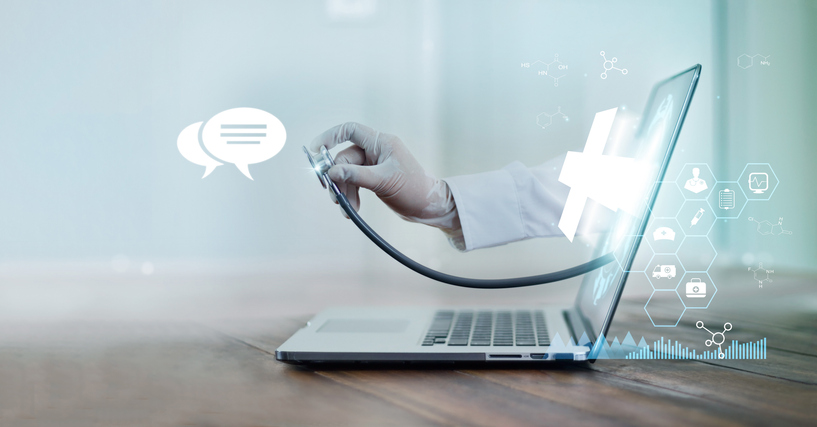Use Case: How Torrejón Hospital implemented A.I. into their workflow to manage patients remotely
Healthcare provider Ribera Salud and Legit.Health started working together in one of the group's hospitals, the Torrejón Hospital, to implement the revolutionary algorithmic technology that, 2 years later, has shown excellent results.
In 2020, the healthcare provider Ribera Salud and Legit.Health started working together in one of the group's hospitals, the Torrejón Hospital, to implement the revolutionary algorithmic technology that, 2 years later, has shown excellent results thanks to the amazing job done by the doctors.
The pandemic could be a blessing in disguise, as it forced the teams to truly push the possibilities of remote care to new heights. In this particular case, the team at Torrejón Hospital needed to follow up on the patient's treatment but could not ensure all of them could go to the medical centre due to COVID-19.


